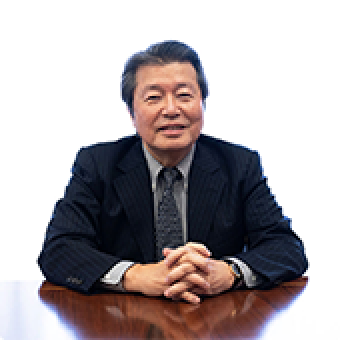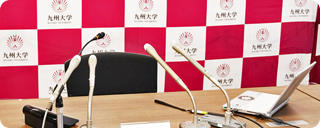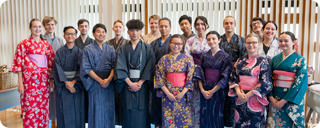研究成果 Research Results
- TOP
- News
- Research Results
- Novel genetic tools reveal the full picture of immune cells in the central nervous system
Novel genetic tools reveal the full picture of immune cells in the central nervous system
New tools will facilitate research into microglia and diseases of the central nervous system 2020.08.04Research ResultsLife & Health

Hexb-based novel tools allow analyzing the nature of microglia without affecting central nervous system associated macrophages (CAMs).
Cells called macrophages are essential to keeping us healthy by attacking and destroying invading germs while also performing other important functions, but they are also implicated in virtually all diseases of the central nervous system. However, suitable tools for distinguishing between macrophages in the central nervous system—termed microglia—and those found close by, such in the space around blood vessels and in linings, are still lacking because of the similarities in these different types of cells, so little is known about the specific roles of each one.
In order to develop a new microglia gene targeting model for distinguishing between these macrophages, researchers from Kyushu University and University of Freiburg (Germany) applied massively parallel single-cell analyses to compare signatures from microglia and other macrophages associated with the central nervous system in healthy and diseased conditions, and identified a gene—called hexosaminidase subunit beta (Hexb)—that is specific to microglia.

Single cell RNA-seq analysis identified Hexb as a stably and specifically expressed gene in microglia in the central nervous system.
Then, the researchers developed a method to genetically modify only cells with the Hexb gene to induce a very bright and photostable red fluorescent protein “tdTomato” in microglia, which allowed the researchers to stably monitor microglia in vivo. In addition, using two-photon microscopy, the researchers visualized microglia even in the deeper layer—more than 500 μm from the surface of the brain—in genetically modified living mice.
Finally, the researchers employed another genetic modification technique centering on Hexb to understand how microglia repopulated parts of the central nervous system following experimentally induced depletion of microglia and macrophages.
“Using these new Hexb-based genetic tools, we found previously unknown features of microglia that are distinct from those of other macrophages found near the central nervous system,” says Takahiro Masuda, assistant professor at Kyushu University and lead author on the study. “These novel tools will help to provide new insights into the nature of microglia in the central nervous system during development, normal health, and disease.”
###
For more information about this research, see “Novel Hexb-based tools for studying microglia in the CNS,” Takahiro Masuda, Lukas Amann, Roman Sankowski, Ori Staszewski, Maximilian Lenz, Paolo D Errico, Nicolas Snaidero, Marta Joana Costa Jordão, Chotima Böttcher, Katrin Kierdorf, Steffen Jung, Josef Priller, Thomas Misgeld, Andreas Vlachos, Melanie Meyer Luehmann, Klaus-Peter Knobeloch, and Marco Prinz, Nature Immunology 21(7):802-815 (2020), https://doi.org/10.1038/s41590-020-0707-4
Research-related inquiries
Takahiro Masuda, Assistant Professor
Department of Chemo-Pharmaceutical Sciences, Faculty of Pharmaceutical Sciences
Contact information can also be found in the full release.
- TOP
- News
- Research Results
- Novel genetic tools reveal the full picture of immune cells in the central nervous system































